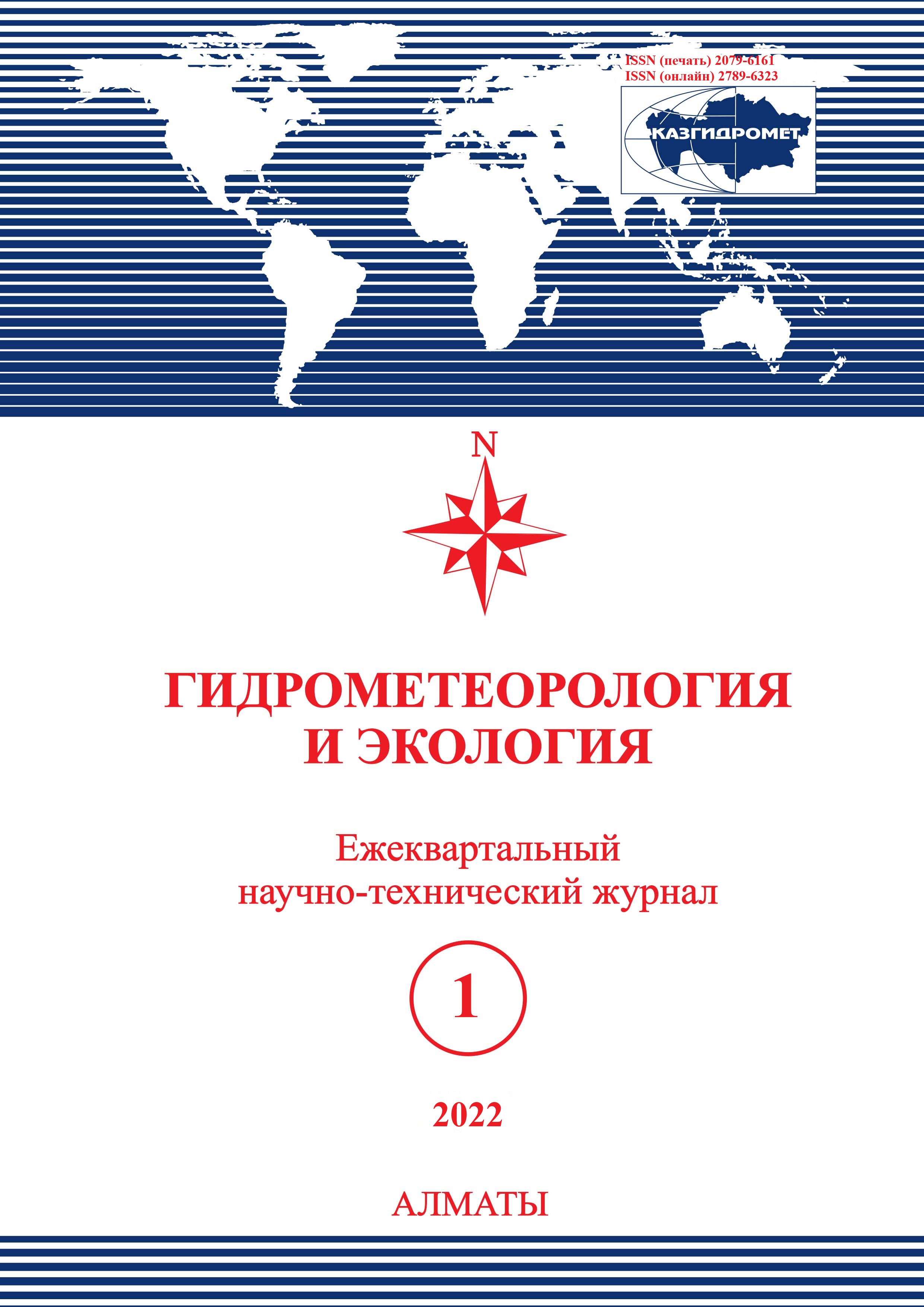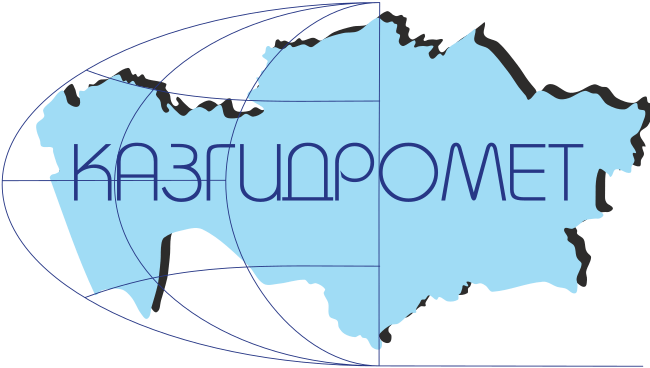ACCOUNTING WATER USE OR WATER CONSUMPTION – WHERE THE WAY TO WATER-SAVING?
DOI:
https://doi.org/10.54668/2789-6323-2022-104-1-83-94Keywords:
water accounting, water productivity, water-saving, irrigated agriculture, KazakhstanAbstract
Water-saving forms a base for reallocation of water resources and more balanced integrated development of economic sectors of Central Asian countries. Implementation of water-saving programs can highly contribute to objectives laid down in the Strategic Scheme of Integrated Use and Protection of Water Resources of the Republic of Kazakhstan. All three scenarios of water and land use studied in the scheme relay on water-saving, however an approach of water-saving is not clarified. This study discusses benefits and shortages of potential approaches to achieve water-saving at a basin scale using lessons from countries implemented basin scale water-saving projects. Three water use accounting methods discussed are as follows: (a) accounting efficiency; (б) accounting water use; (с) accounting water consumption. It is argued that the strategic scheme has to relay on real water-savings to meet growing water demand of different sectors of the economy.
References
Постановление Правительства Республики Казахстан от 8 апреля 2016 года № 200. Об утверждении Генеральной схемы комплексного использования и охраны водных ресурсов. – 2016. https://adilet.zan.kz/rus/docs/P1600000200.
Allen R.G., Pereira L.S., Raes D., Smith M. Crop Evapotranspiration – Guidelines for Computing Crop Water Requirements // FAO Irrigation and Drainage Paper 56. – Rome: FAO. 1998.
Ashraf S., Nazemi A., AghaKouchak A. Anthropogenic drought dominates groundwater depletion in Iran. Scientific reports. – 2021 – №11, – C. 9135-9145. https://doi.org/10.1038/s41598-021-88522-y
Berbel J., Expósito A., Gutiérrez-Martín C., Mateos L. Effects of the irrigation modernization in Spain 2002–2015 // Water Resources Management. – 2019. – № 33(5). – C.1835-1849.
Israelsen W. O. Irrigation principles and practices. 2nd ed. – New York: Wiley. 1950.
Janjua S., Hassan I., Muhammad S., Ahmed S., Ahmed A. Water management in Pakistan’s Indus Basin: challenges and opportunities // Water Policy. – 2021. Vol 23, – № 6. 1329. Doi: 10.2166/wp.2021.068.
Jensen, M. E. Beyond irrigation efficiency // Irrigation Science. – 2007. – № 25. – C. 233–245. doi:10.1007/s00271-007-0060-5.
Faramarzi M., Yanga H., Schulinc R., Abbaspour K.C. Modeling wheat yield and crop water productivity in Iran: Implications of agricultural water management for wheat production // Agricultural Water Management. – 2010, – № 97. – C. 1861–1875.
Karimov A.K., Amirova I., Karimov A.A., Tohirov A., Abdurakhmanov B. Water, Energy and Carbon Tradeoffs of Groundwater Irrigation-Based Food Production: Case Studies from Fergana Valley, Central Asia // Sustainability. – 2022, – № 14, – C. 1451-1460.
Keller A.A., Keller J. Effective efficiency: a water use efficiency concept for allocating freshwater resources. – Little Rock, Arkansa, USA: Center for Economic Policy Studies & Winrock International. 1995.
Kumari M., Singh D. Water conservation: strategies and solutions // International Journal of Advance Research and Review. – 2016. – № 1. – C. 75-79.
Molden D. Accounting for Water Use and Productivity // SWIM Paper 1. System-Wide Initiative for Water Management. International Water Management Institute (IWMI). – Colombo: IWMI. 1997.
Molden D., Sakthivadivel R., Habib Z. Basin-Level Use and Productivity of Water: Examples from South Asia // IWMI Research Report 49. International Water Management Institute (IWMI). – Colombo: IWMI. – 2001.
Montazar A. Irrigation Tools and Strategies to Conserve Water and Ensure a Balance of Sustainability and Profitability // Agronomy. – 2021. – № 11. 2037. https:// doi.org/10.3390/agronomy11102037.
Pérez Blanco C., Hrast Essenfelder A., Perry C.J. Irrigation Technology and Water Conservation: A Review of the Theory and Evidence // Review of Environmental Economics and Policy. – 2020. – №14, – C. 216–239. 10.1093/reep/reaa004.
Perry C. Efficient irrigation; inefficient communication; flawed recommendations // Irrigation and Drainage. – 2007, – № 56, – C. 367–378. doi: 10.1002/ird.323.
Perry C., Steduto P., Allen R.G., Burt C.M. Increasing productivity in irrigated agriculture: agronomic constraints and hydrological realities // Agricultural Water Management. – 2009. – № 96. – C. 1517–1524. https://doi.org/10.1016/j.agwat.2009.05.005.
Perry C. Accounting for water use: terminology and implications for saving water and increasing production // Agricultural Water Management. – 2011. – № 98. – C. 1840–1846. www.doi: 10.1016/j.agwat.2010.10.002.
Perry C., Steduto P. Does Improved Irrigation Technology Save Water?
a. // A Review of the Evidence. – Cairo: FAO. – 2017.
Perry C. Improving irrigation management in conditions of scarcity: Myth vs Truth. – 2018. www.globalwaterforum.org/2018/05/22/improving-irrigation-management-in-conditions-of-scarcity-myth-vs-truth/.
Safdari, Z.; Nahavandchi, H.; Joodaki, G. Estimation of Groundwater Depletion in Iran’s Catchments Using Well Data // Water. – 2022. – № 14. – C. 131–137. https://doi.org/10.3390/w14010131.
Seckler D., Amarasinghe U., Molden D., de Silva R., Barker R. The New Era of Water Resources Management. From ”Dry” to ”Wet” Savings // Research Report 5, IIMI, – Colombo: IIMI. 1996.
Shah T. Past, Present, and the Future of Canal Irrigation in India Infrastructure // Report. 2011.
http://www.idfc.com/pdf/report/2011/Chp-6-Past-Present-and-the-Future-of-Canal-Irrigation.pdf.
Shareef T., Ma Z. Essentials of Drip Irrigation System for Saving Water and Nutrients to Plant Roots: As a Guide for Growers // Journal of Water Resource and Protection. 2019, – № 11, – C. 1129-1145. 10.4236/jwarp. – 2019.119066.
Van Opstal J., Droogers P., Kaune A., Steduto P., Perry C. Guidance on realizing real water savings with crop water productivity interventions. – Wageningen: FAO & FutureWater. 2021. https://doi.org/10.4060/cb3844en.
Ward F. A., Pulido-Velazques M. Water conservation in irrigation can increase water use // Proceedings of National Academy of Science. U.S.A. – 2008. – № 105. – C. 18215–18220. doi: 10.1073/pnas.0805554105.






